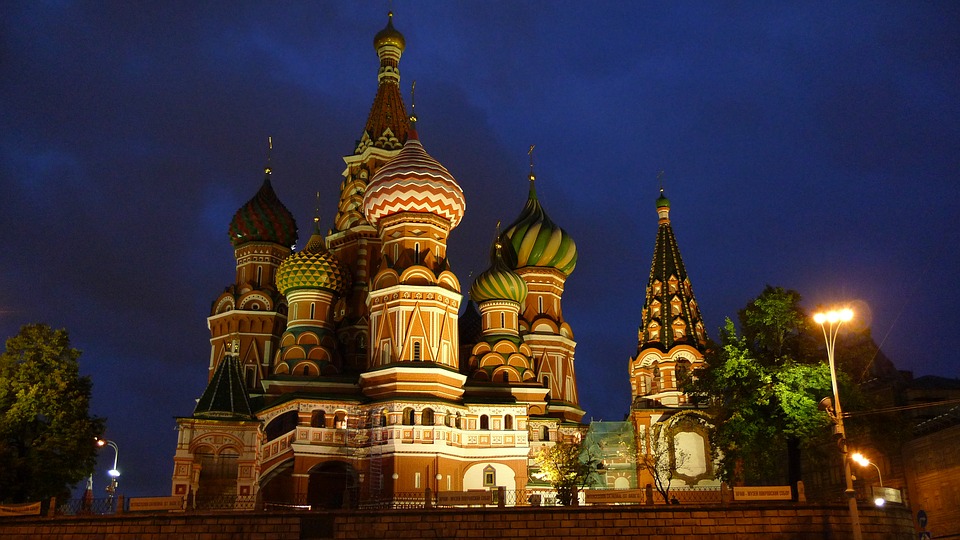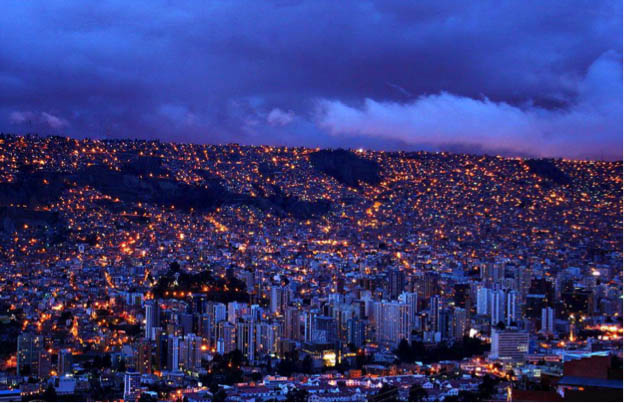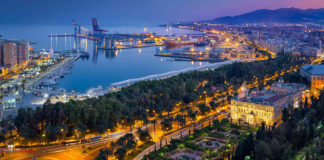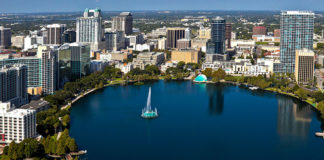The Mexico City New International Airport (NAICM) is currently being built in Mexico’s largest city. The NAICM will replace the current Benito Juarez International Airport, since the existing facility is struggling to handle the overall increase in air traffic. The new infrastructure will serve more than 20 million inhabitants in what is one of the world’s most populated cities.
A Costly But Necessary Project
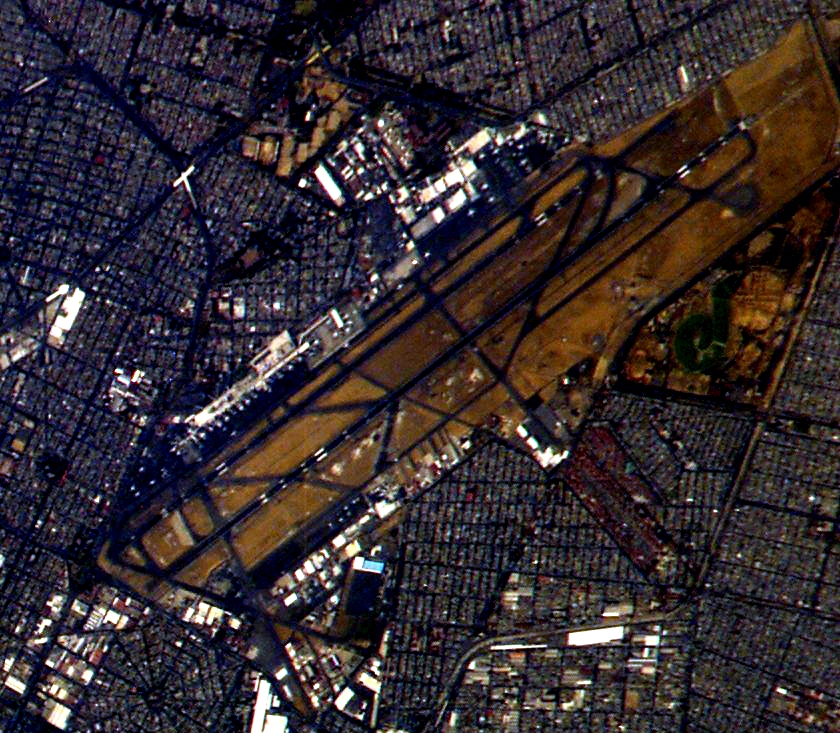
Benito Juarez International Airport is the main airport that caters almost one third of the passengers traveling to and from Mexico. This airport is the entry point for tourists from all over the world, including a significant number of business travelers into the capital, and serves as a strategic point that connects the nation with the rest of the globe.

Developed by Mexico’s Secretariat of Communications and Transport, the project is part of the transport development plan announced by Mexican President Enrique Peña Nieto, who designated $9.2bn for the construction of the Mexico City’s new airport in September 2014. The NAICM is one of the world’s largest infrastructure projects and is expected to be the biggest airport in the continent.
More Capacity And A Better Infrastructure
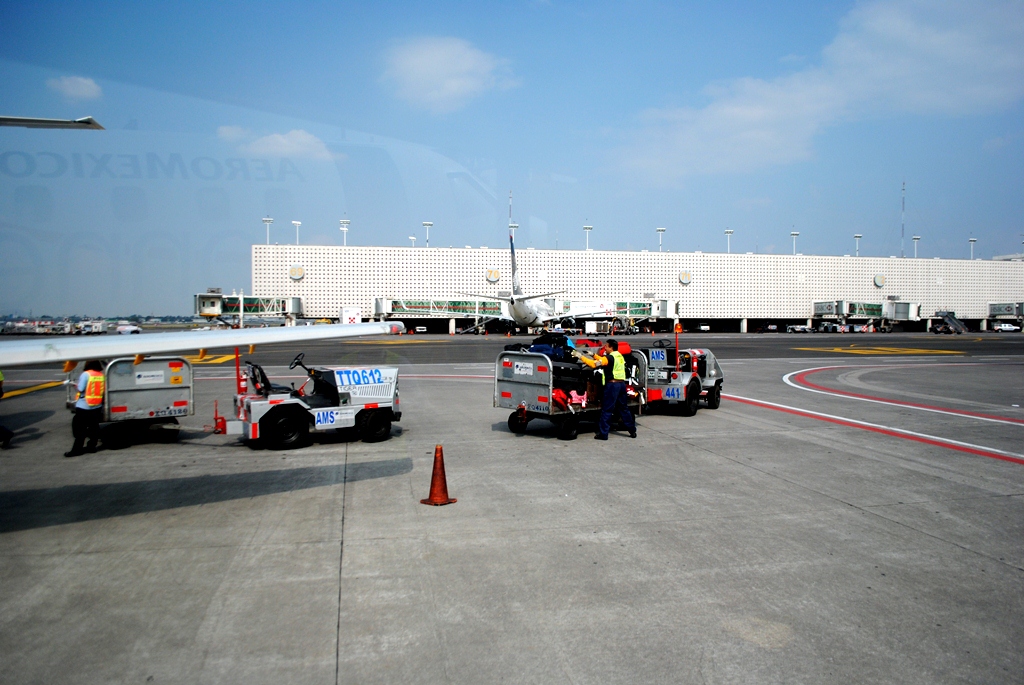
There has been a persistent demand for the expansion due to the rapid growth in the rate of passengers and cargo transportation. Although the terminal has two runways, currently only one can be operated as the landing strips are positioned too close to each other.
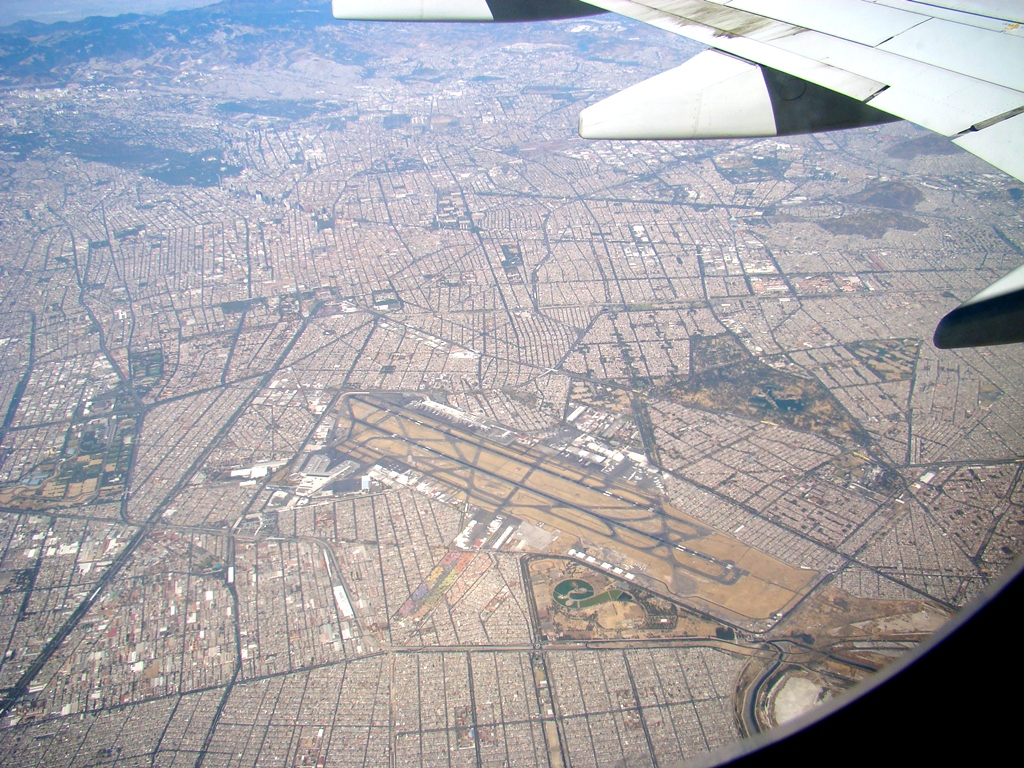
The new airport will handle four times the current traffic, which means that it’ll accommodate 50 million passengers a year, expected to be increased to 120 million annually by 2062. Construction began in 2015 and the first phase is slated for completion by early 2020.
A Terminal with a Lake View
The new facility is being built on federal lands, close to the former Lake Texcoco. The construction will extend over an area of 4,430ha, which is right below the purview of the National Water Commission and it’ll have four levels.
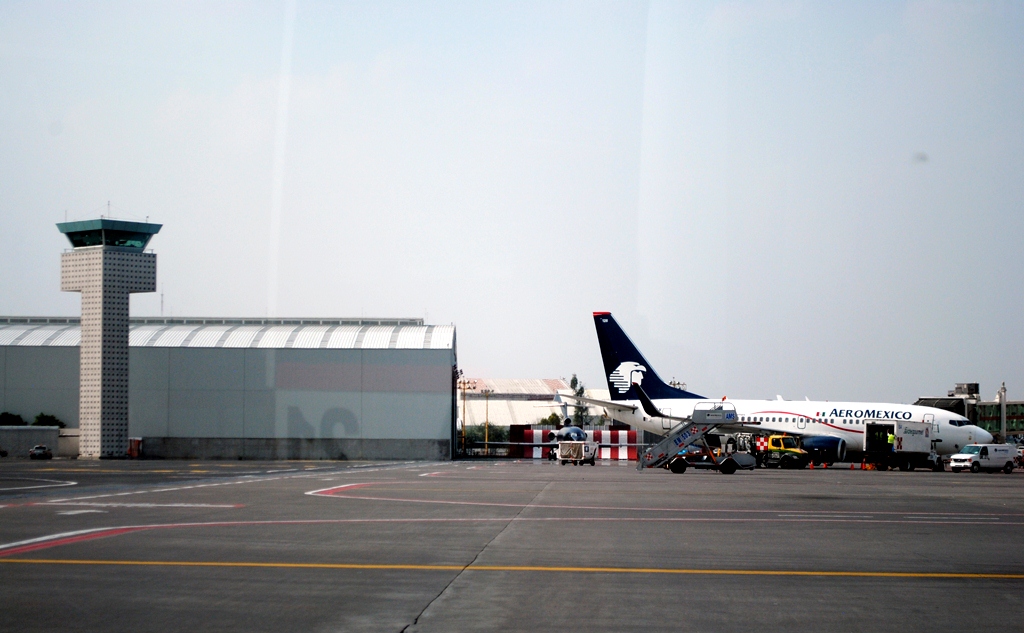
The construction will be handle in phases with the first phase involving the primary terminal building, which includes three parallel runways, 94 contact stands and 42 remote stands. After the final phase of construction is finished, the airport will have six runways and receive 120 million passengers a year.
A Design Inspired by History
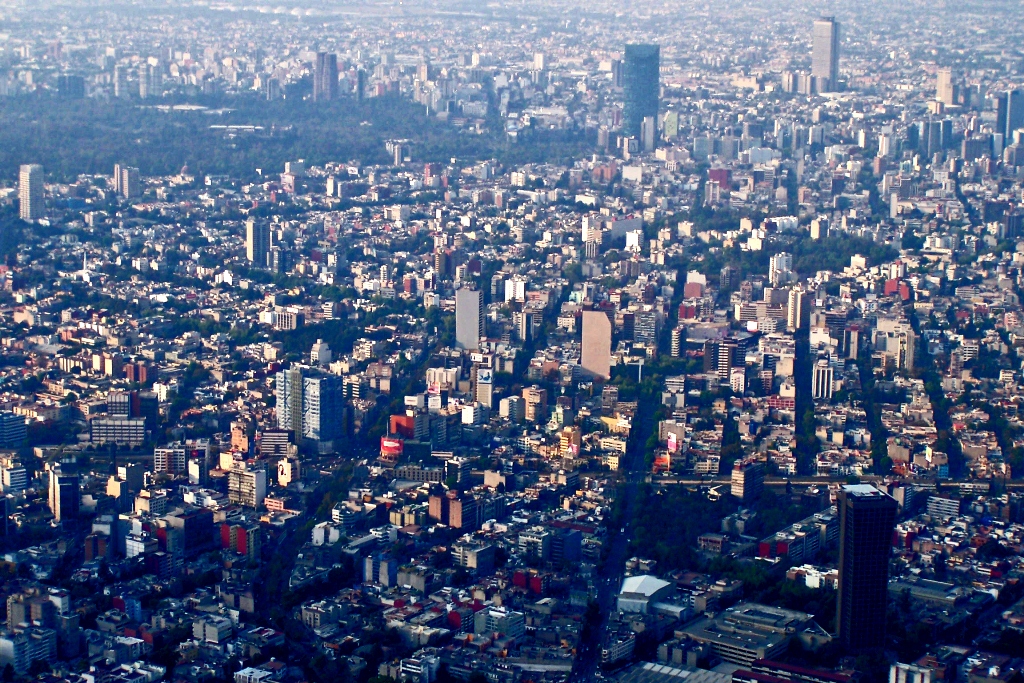
Celebrated architects Foster + Partners, and FR-EE (Fernando Romero Enterprise) are in charge of the airport’s design, shape and structure, which is inspired by Mexican art and architecture.
The airport will have an X-shaped single roof construction with a compact terminal surrounded in a lightweight grid-shell. The design features famous Mexican symbolisms that represent the country’s national identity including an eagle, the sun, nopal and cactus, and a snake.
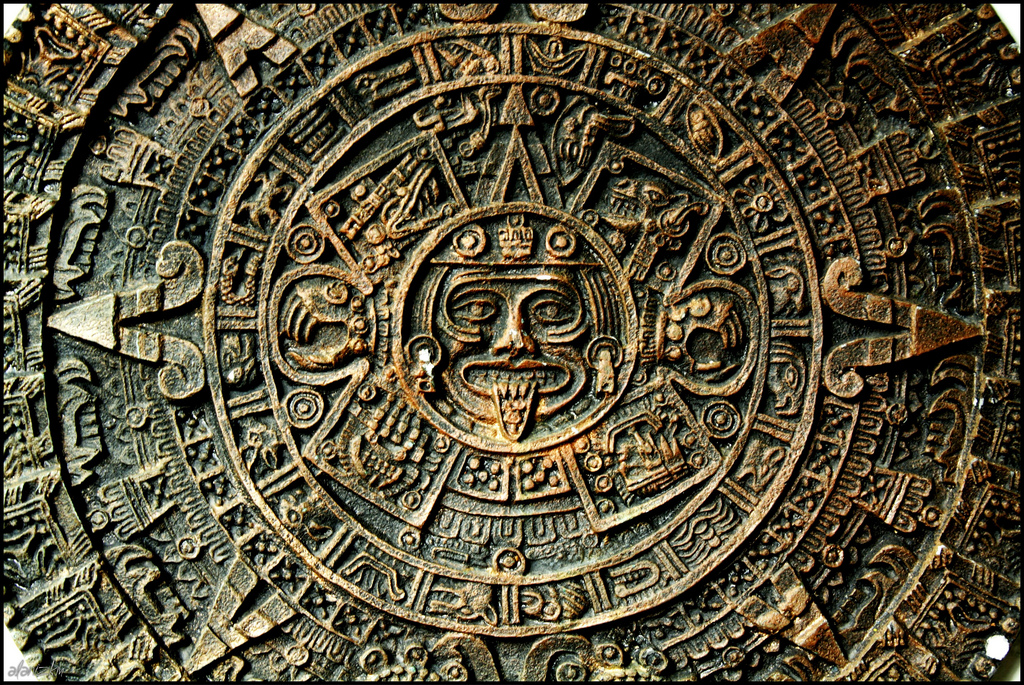
The roof specifically represents an eagle with its wings open and ready to take flight. It will have an entrance that features a lush cacti garden and the access roads will have the form of a snake. Rich and strong colors that signify Mexican culture will be used for the main components of the building façade. The central hall of the structure will be illuminated with colors that epitomize the Mesoamerican symbol associated with the sun.
“Green” Architecture

The design for the NAICM will have few level changes, which means that it’ll feature less walking distances and easy navigation, avoiding the need for internal shuttles or underground tunnels for internal transport. The roof will be made of lightweight glass and steel and it won’t have any ducts or pipes.
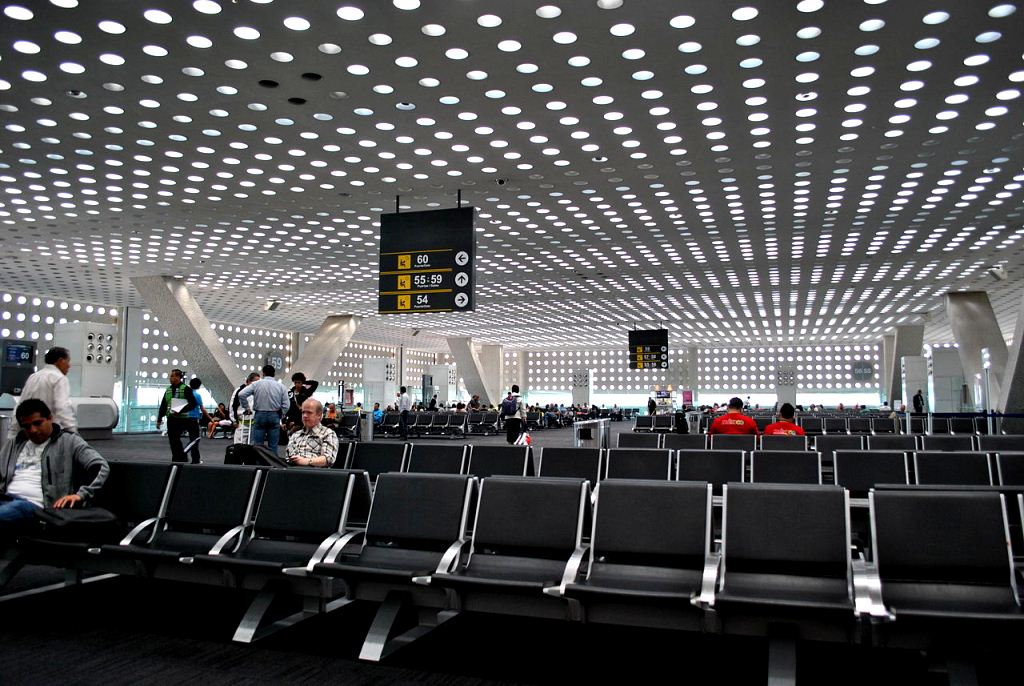
The overall project includes a $21.8 million solar plant and numerous green structures powered by renewable energies. The terminal’s goal will be to operate with 100% renewable energy and accomplish a decrease of of 30% in water and 40% in energy consumption in comparison to the current Benito Juarez airport.






